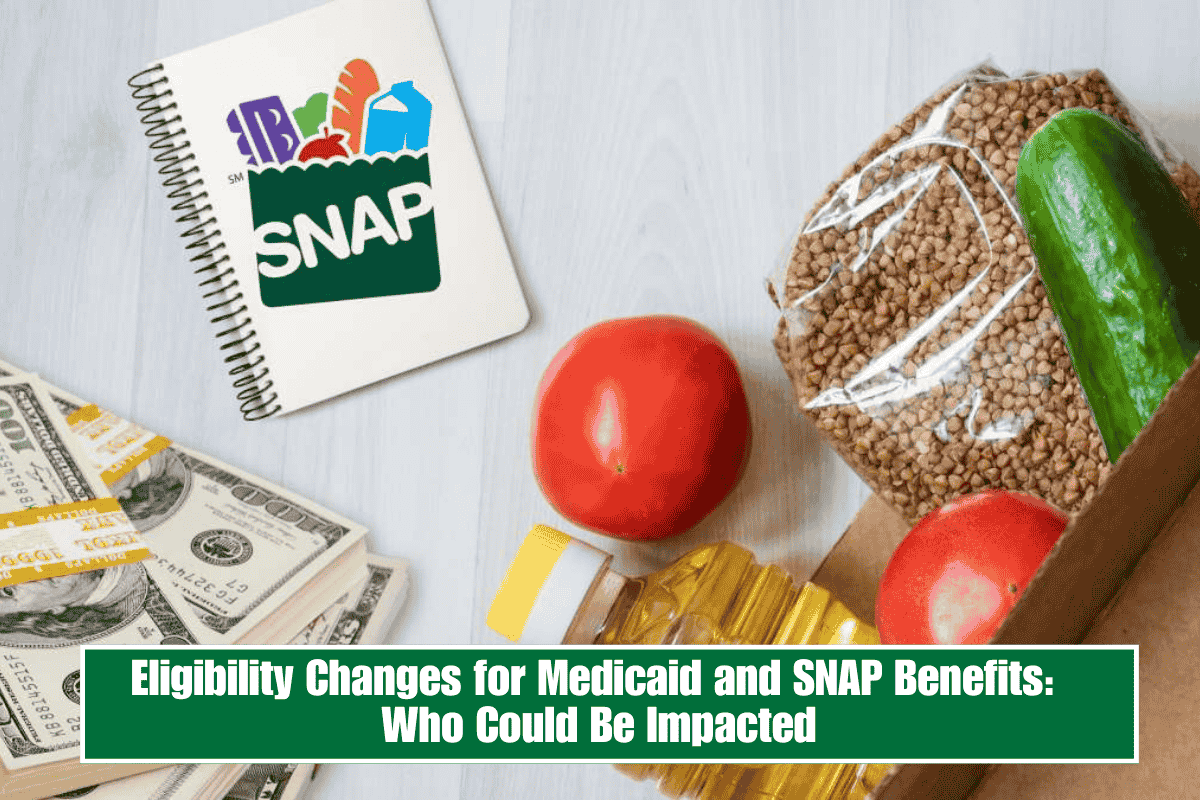Medicaid is a low-income health insurance program available across the US. Eligibility is based on income, household size, and certain conditions. SNAP benefits, a “food stamp” program for low-income households, have similar requirements across the US. Well, until now.
On Thursday, the Iowa Senate Appropriations Subcommittee approved Senate File 599, which changes the work requirements for Medicaid and SNAP benefits. The initiative aims to align both programs with employment criteria, while making exceptions for vulnerable groups.
State imposes work rules on Medicaid and SNAP benefits
The Iowa Department of Health and Human Services will seek a federal waiver to impose work conditions on the Iowa Health and Welfare Plan (IHAWP), which covers adults earning up to 133% of the poverty level. The rules would apply to residents aged 19 to 65, excluding people with disabilities, parents of children under the age of six, high-risk pregnant women, and those receiving addiction treatment.
The previous version required 20 hours of work or volunteering per week, but the current version does not specify the number of hours needed. This has raised concerns about its implementation and the potential impact on coverage. Organizations warn that the measure may raise hospital costs by restricting access to critical medications.
According to Leslie Carpenter of Iowa Mental Health Advocacy, 100 uninsured individuals could cost $150,000 for a single day of hospitalization and up to $1.3 million for a week. “These estimates are conservative: the real risk could be higher,” he stated. Others noted that states such as Georgia have failed to implement similar policies.
Maximum SNAP benefits allocations in 2025?
Until September 30, 2025, SNAP benefits will distribute the following maximums, according to household size:
- Household size 1: $292
- Household size 2: $536
- Household size 3: $768
- Household size 4: $975
- Household size 5: $1,158
- Household size 6: $1,390
- Household size 7: $1,536
- Household size 8: $1,756
- Each additional person: $220
Households must also meet certain monthly income limits, which apply in the lower 48 states and D.C., Alaska, Hawaii, Guam, and the United States Virgin Islands. The maximum monthly gross income limit is 130% of the federal poverty level for the lower 48 states and the District of Columbia.
- Household size 1: $1,580
- Household size 2: $2,137
- Household size 3: $2,694
- Household size 4: $3,250
- Household size 5: $3,807
- Household size 6: $4,364
- Household size 7: $4,921
- Household size 8: $5,478
- Each additional person: $557
Medicaid Eligibility Requirements in 2025: Key Criteria
In 2025, Medicaid eligibility requirements vary by state, as seen in this Iowa article, but are based on common factors: income (with limits adjusted for household size and location), age (prioritizing children, seniors, and people with disabilities), citizenship (citizens or legal residents only), and state residency.
Specific criteria apply to pregnant women and those with disabling medical conditions. Low income remains the focus, though exact thresholds vary by jurisdiction.
Please contact your local SNAP or Medicaid office to determine if these changes affect your eligibility and what steps you should take (or if nothing is required).















